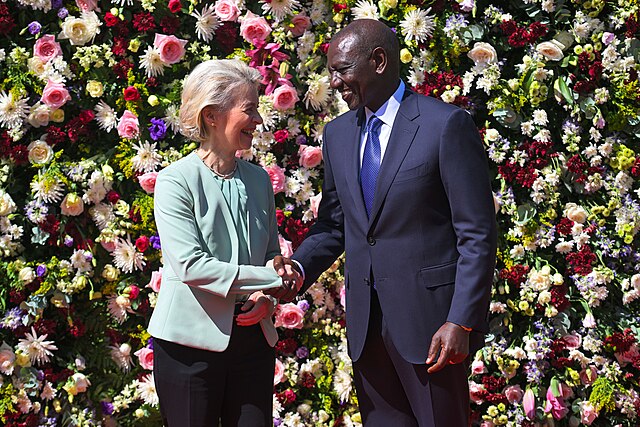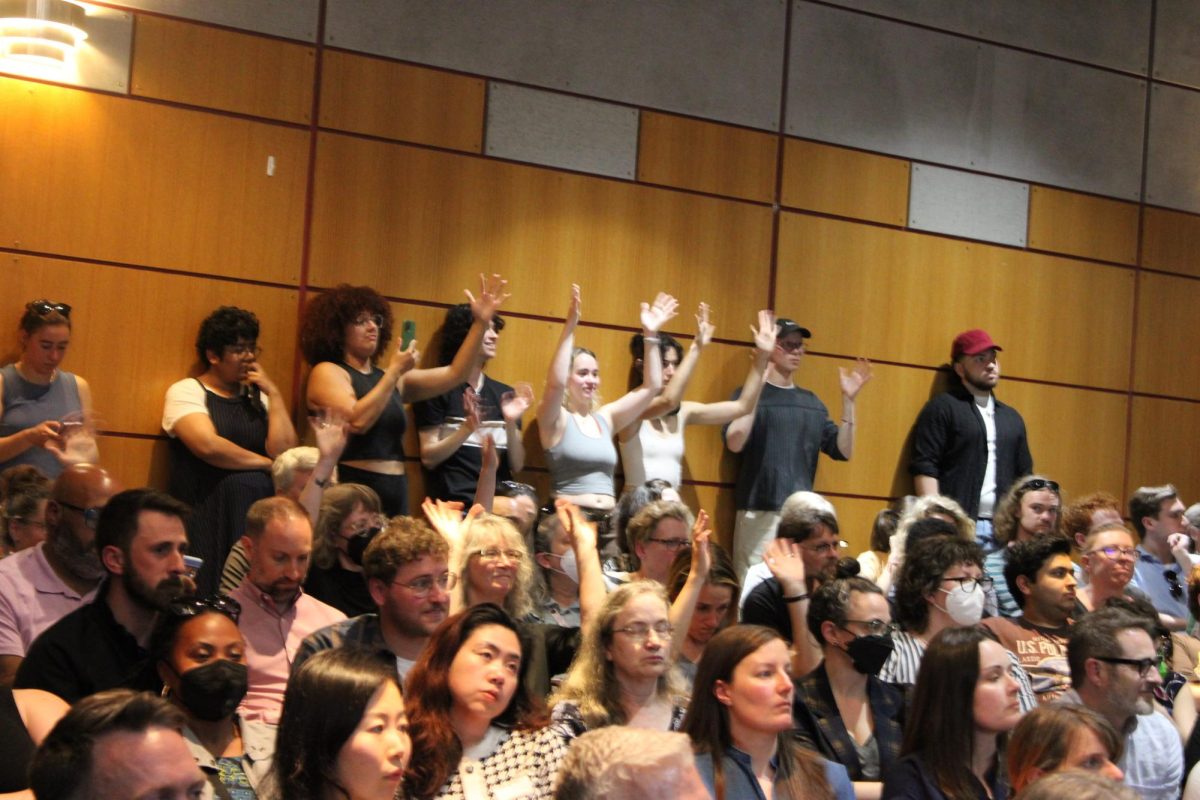
When we talk about women’s rights, we often think about the movement in terms of U.S. history rather than considering it as an international effort. Because of this bias, it may seem as though the women’s rights movement today has reached its goals, and while we have come a long way from corsets, girdles and petticoats, it’s still not yet time to retire our “Rosie the Riveter” posters.
In the United States especially, there is no single, concrete definition of feminism and the goals of women’s rights often appear obscure. That does not mean that we live in a society where the women’s rights movement is obsolete. Moreover, we shouldn’t let the progress made in the United States over the years blind us to the progress that still needs to be made or to the state of women’s rights around the world.
On the surface, it seems that women living in America today enjoy many liberties but a closer inspection of their lives reveals that these liberties fall severely short of the advantages enjoyed by their male counterparts. More women are earning college degrees than men, yet women still make less money. We’ve been talking about breaking the glass ceiling for so long that one would think that this would have been accomplished by now. Are we afraid that if we shatter the glass, the shards will tear the fabric of society? These fears can be laid to rest, considering that equal pay between men and women helps the economy, as opposed to stalling it.
And, in a country whose constitution decrees the separation of church and state, religion constantly invades the realm of politics, obstructing women’s access to contraception and abortion – topics debated primarily amongst men due to the lack of female presence in the political sphere. We might want to reconsider deeming ourselves as being on the forefront of women’s liberation, especially when the government infringes on women’s reproductive rights and then boxes them out of the conversation entirely.
But we cannot forget about the rest of the world. In October 2013, the “Women2Drive” campaign encouraged women in Saudi Arabia to drive to protest the country’s ban forbidding women from driving. While this was not the first year that this sort of protest took place, it was the first time that it made international headlines, due largely to social media. These protests, while targeted specifically at the driving law, also served symbolically as a stance against laws restricting women’s rights in general. While the law currently remains in place, Saudi Arabian women, as part of International Women’s Day, have petitioned to bring an end to the unrestricted authority that men have over women’s lives.
Travel a little farther west, and we hit a region that we traditionally would not think of as one still suffering from women’s rights issues: Europe. In April 2008, Anna Hutsol founded the feminist group FEMEN after learning that many Ukrainian women were lured into sex slavery and prostitution through deceptive offers of lucrative jobs abroad. As the movement gained momentum, it began to turn into what it is now today: sextremism. Their demonstrations are characterized by topless activists with slogans painted over their chests and aim, “to ideologically undermine the fundamental institutes of patriarchy – dictatorship, sex-industry, and church – by putting these institutes through subversive trolling to force them to strategic surrender,” according to the organization’s website. The group’s radical protests have led to trouble between the Ukrainian government and some of the members of the organization, but their loud actions also led to the establishment of international branches. Though FEMEN demonstrations in Tunisia did create disturbances in the Arab world, many debate their relative success. One cannot deny, however, that they are raising their voices and forcing the world to hear their protests.
Moving on to South Asia: India may be dubbed the largest democracy in the world, but the biggest challenge of governing a population of 1.27 billion vastly diverse people is ensuring that the rights of all these groups of people are protected. India’s modernization has changed many aspects of its society, and fear often accompanies change. The increase in education and employment opportunities for women threatens the patriarchal structure of Indian society, and consequently, many men attempt to reassert their dominance through committing rape.
“In India, men rape because it’s a manly thing to subjugate the weaker sex. Our culture puts so much emphasis on ‘being a man,’ which creates huge insecurities for men as they see women’s status rising in society,” Purnima Nagaraja, a psychologist working with rape victims in India, said in a Washington Post article.
On Dec. 16, 2012, a 23-year-old medical student was gang raped on a moving bus in Delhi and later died from her injuries. This event brought to the surface the issue of violence against women in India and provoked demonstrations urging the establishment of laws criminalizing this violence. Unfortunately, even after the establishment of these laws, this issue is still allowed to persist due to inadequate enforcement. The status of women in India could not be further away from equality, and the necessity for a women’s rights movement could not be more evident.
I have only provided four countries as examples of how and why the women’s rights movement is still relevant and far from achieving its goals today. Examine the rest of the world and you will find that female genital mutilation, abortion of female fetuses, female infanticide, child marriage, domestic abuse and countless other crimes against women are a horrific reality that women still face today.
It may be easy to convince ourselves that the women’s rights movement is complete and to fall into a state of complacency. But it is crucial that men and women continue to advocate for women’s rights. Living in the 21st century, there is no excuse to justify the wrongs that women throughout the world face as a result of ignorance and oppression. International Women’s Day not only serves as a celebration of the achievements of the women’s movement thus far, but also as a reminder that we are still a long way away from realizing the goal.
Maral Margossian is a Collegian columnist and can be reached at [email protected].


















N. • Mar 7, 2014 at 2:41 am
I like that you point out that “there is no single, concrete definition of feminism and the goals of women’s rights often appear obscure” – a point evidently lost on Mr. Bears. Still though, you move on to talk about education and wages by gender – what about the fact that ANYONE with a college degree is now facing worse and worse prospects than they were? Is the point really just to get an even balance of women past the “glass ceiling” so it can just be a plain old “class ceiling” – I mean would it be worth letting everyone else slide into poverty for the sake of feminism?
Also, while I agree that “sextremism” is a funny turn of phrase, I have little sense of what you are trying to say with it…